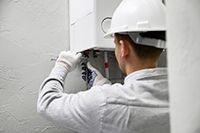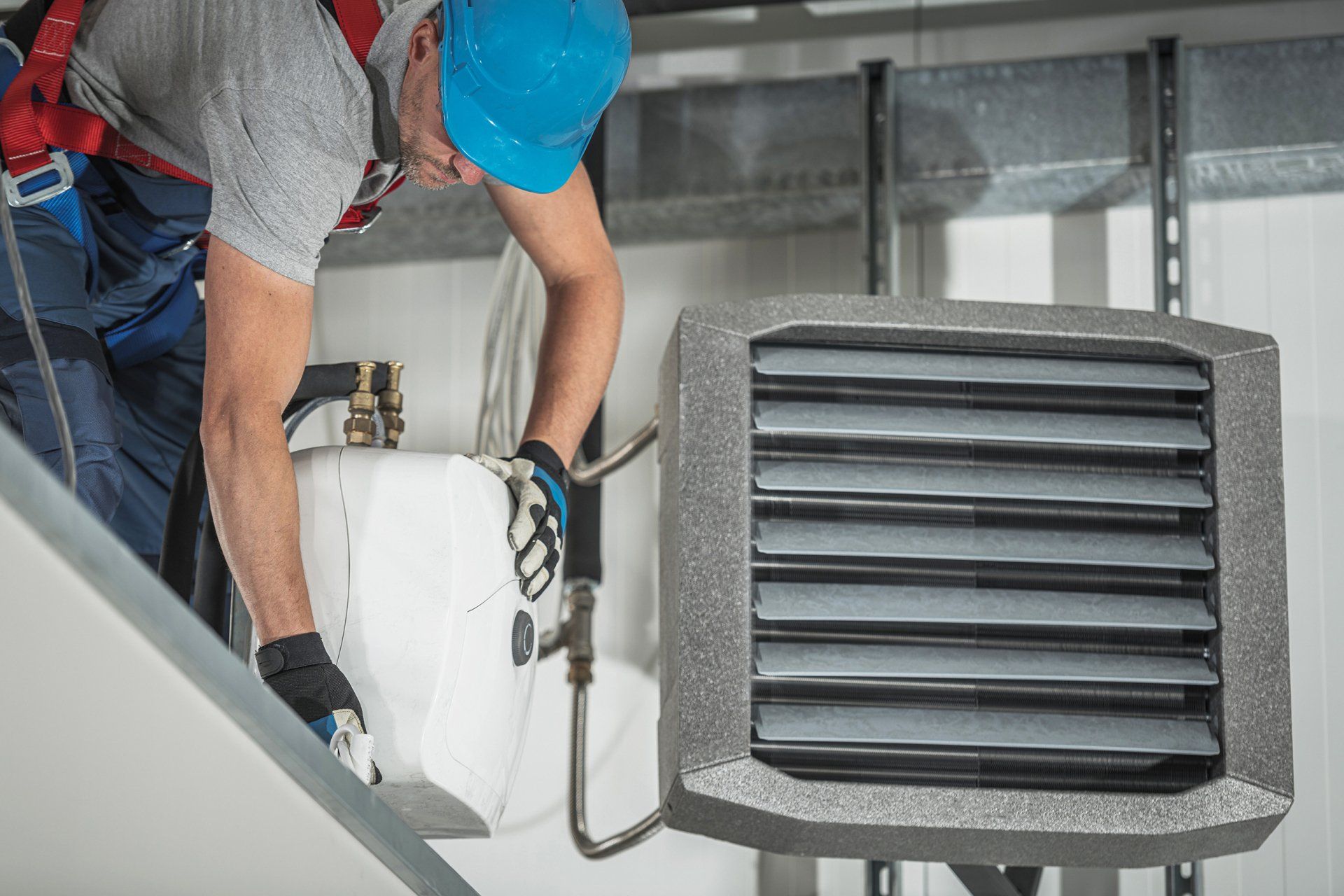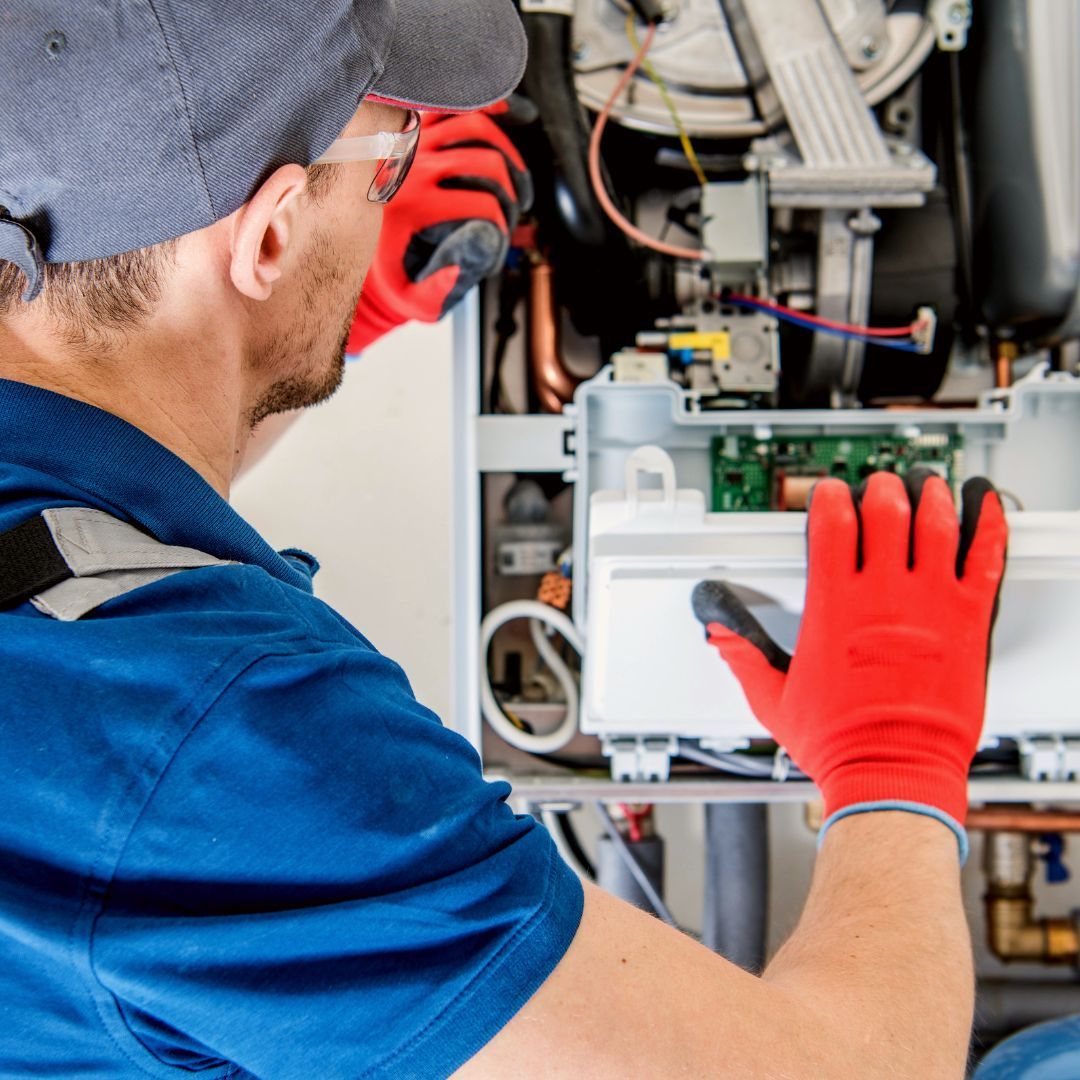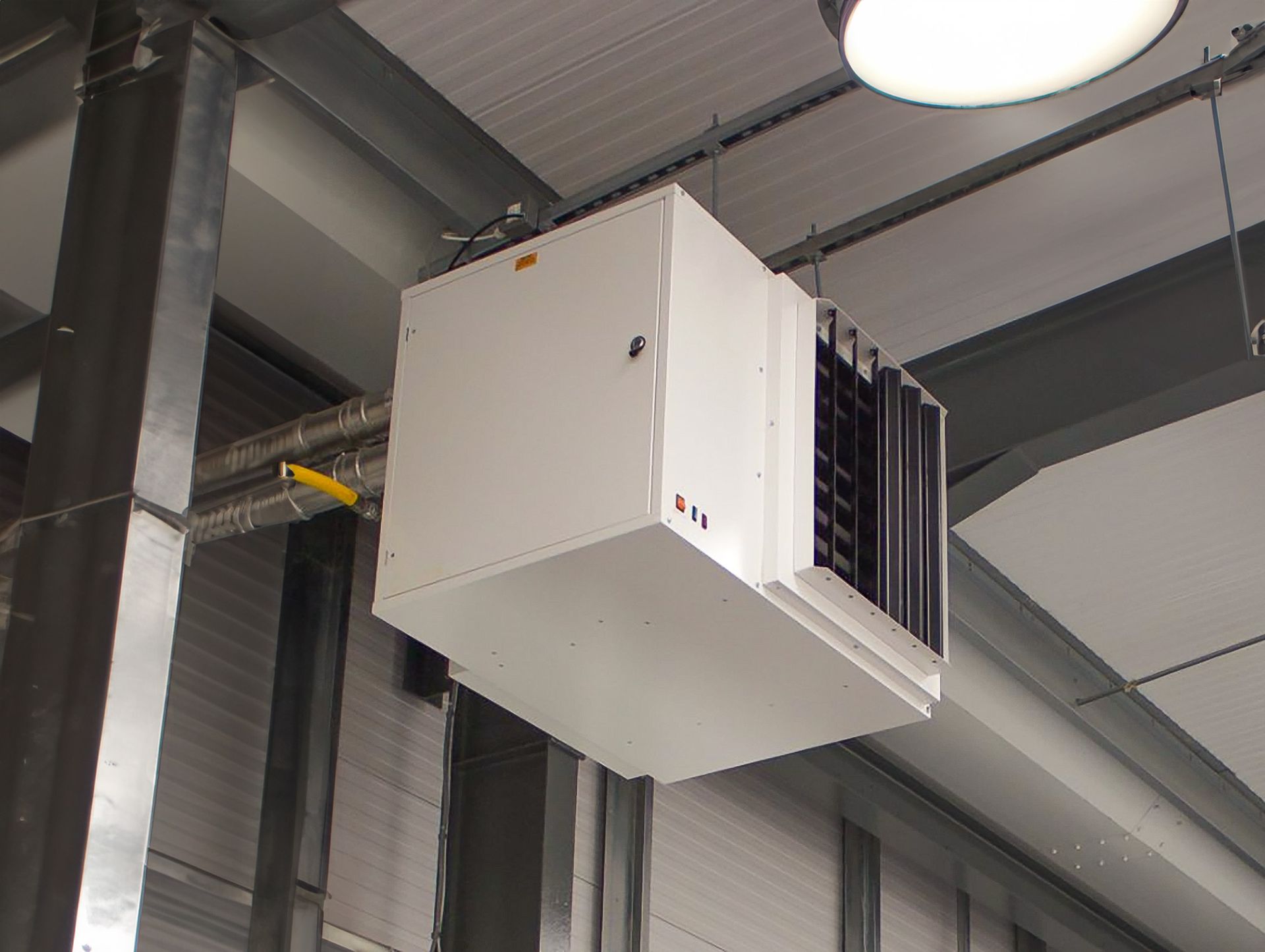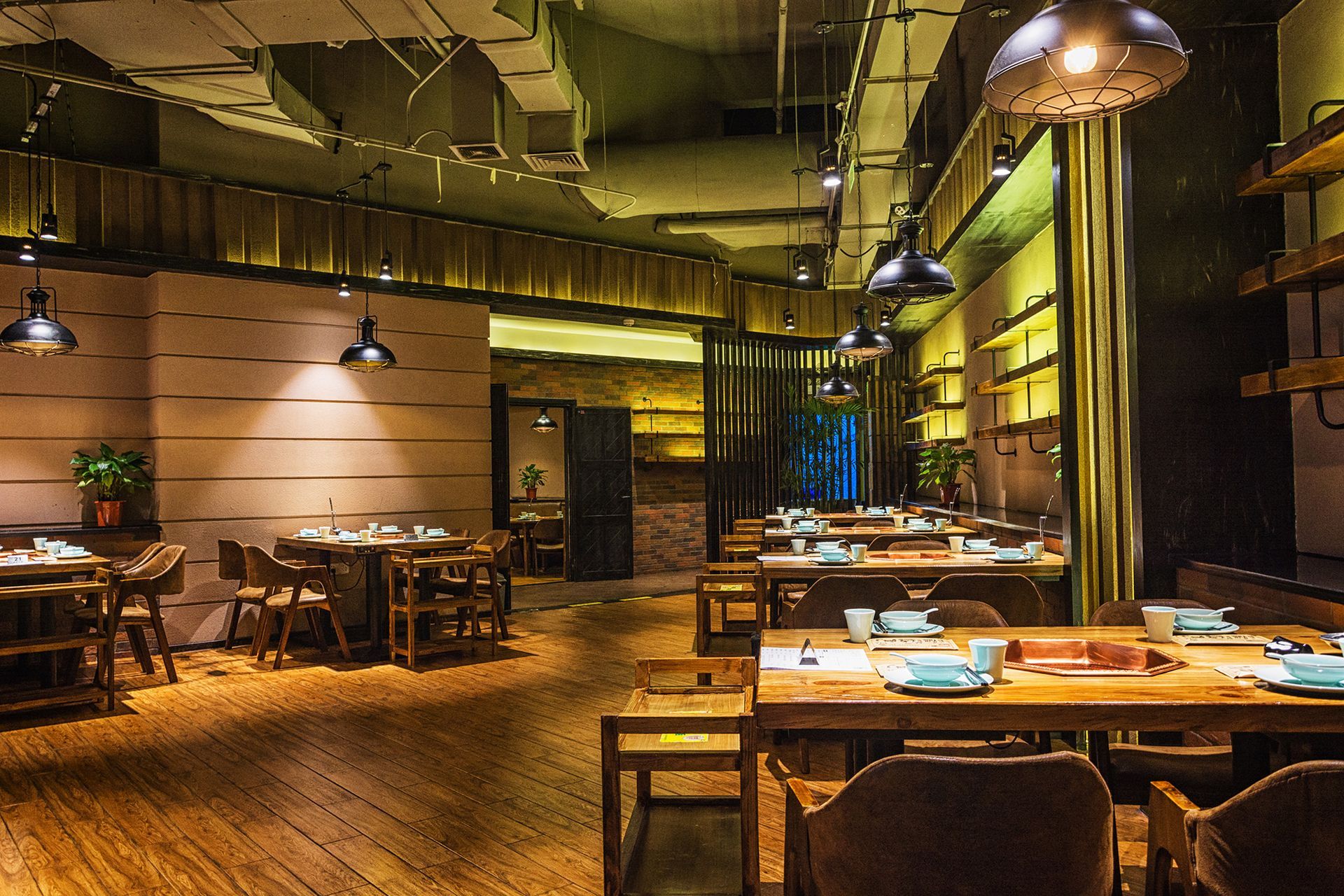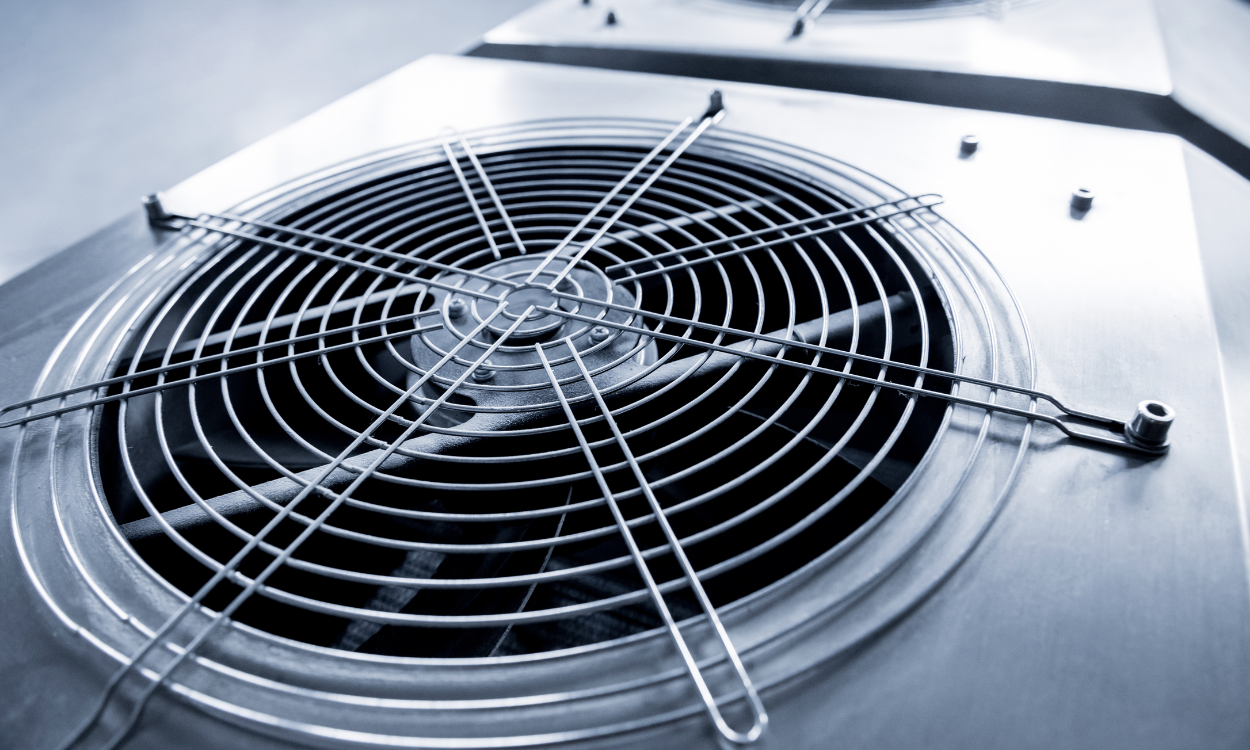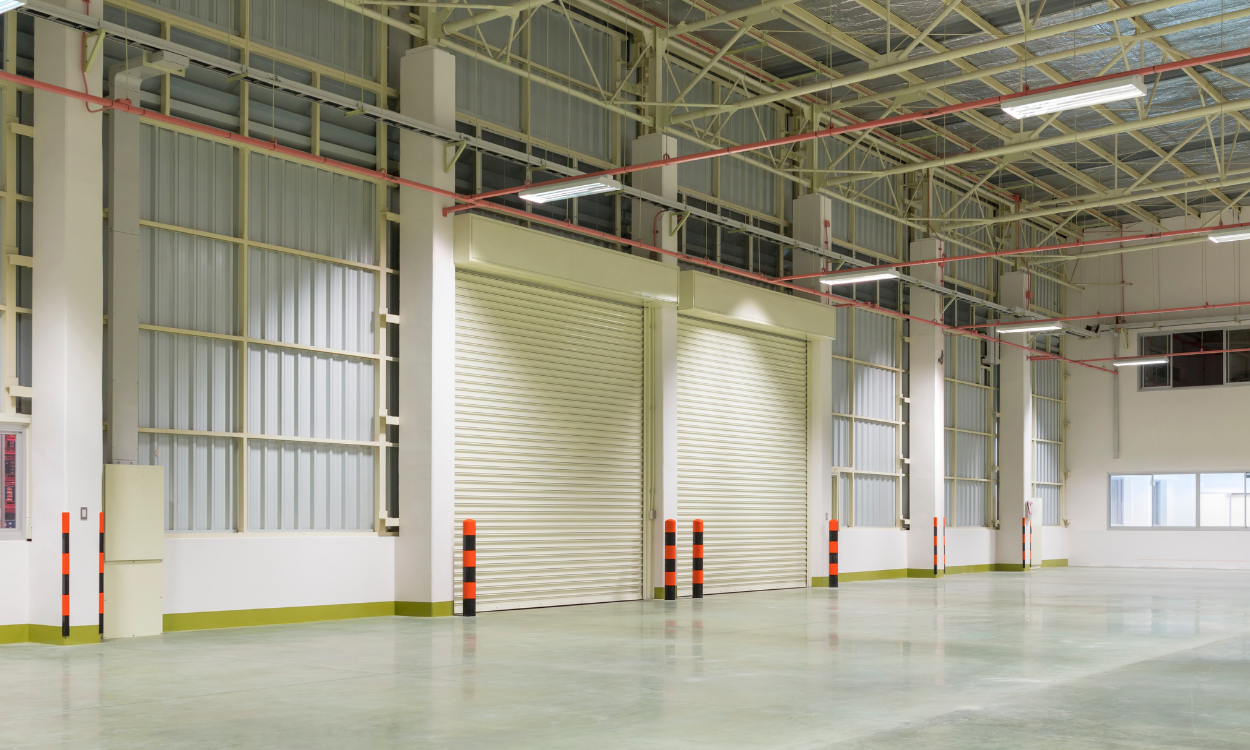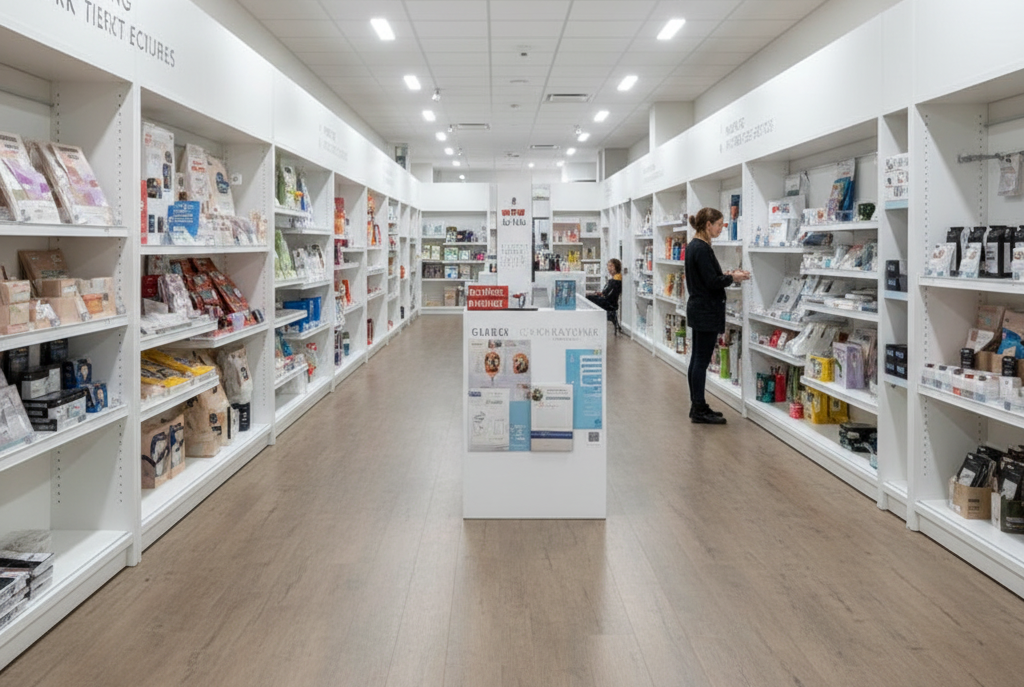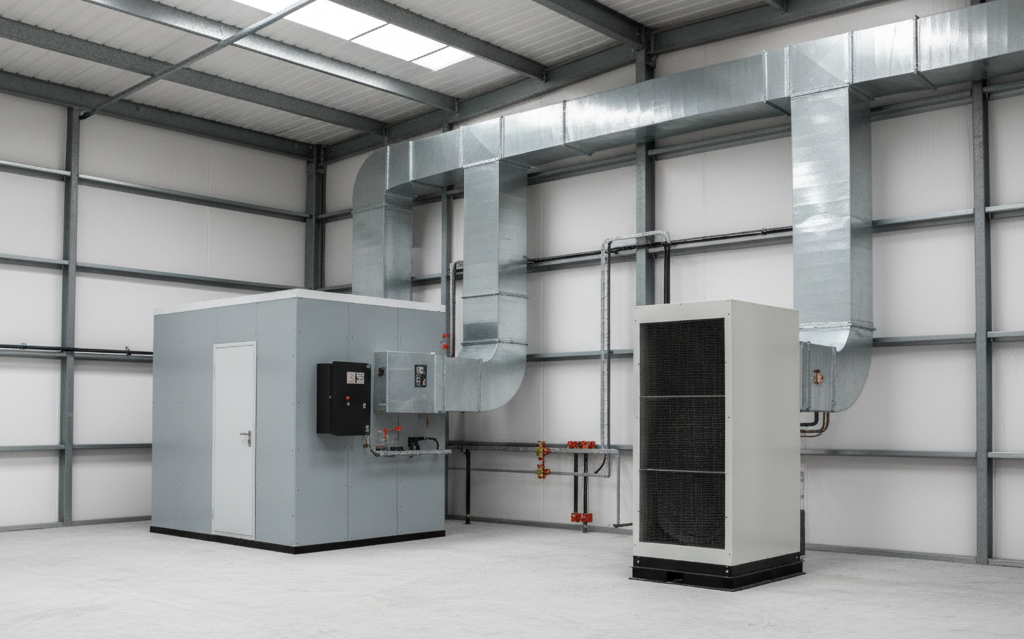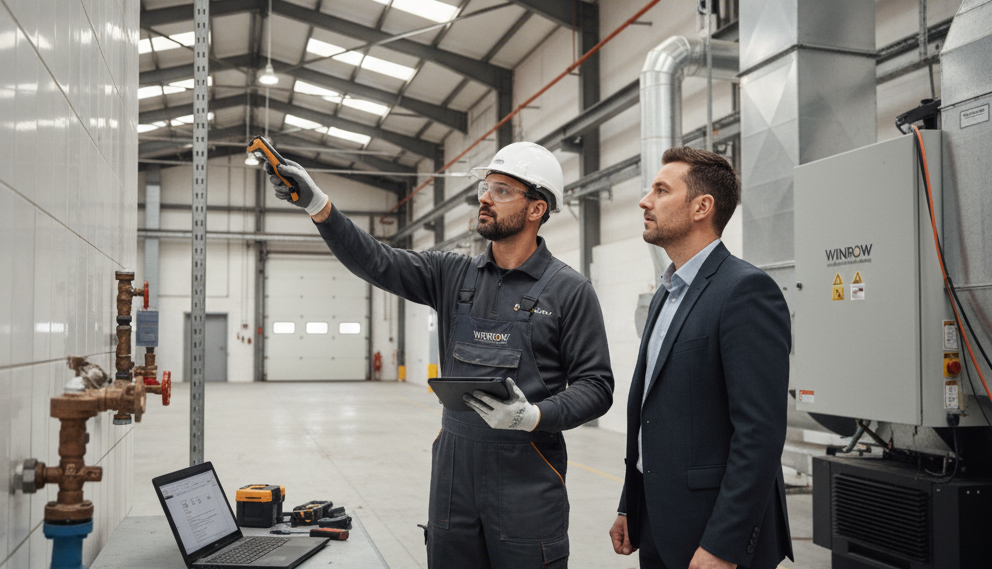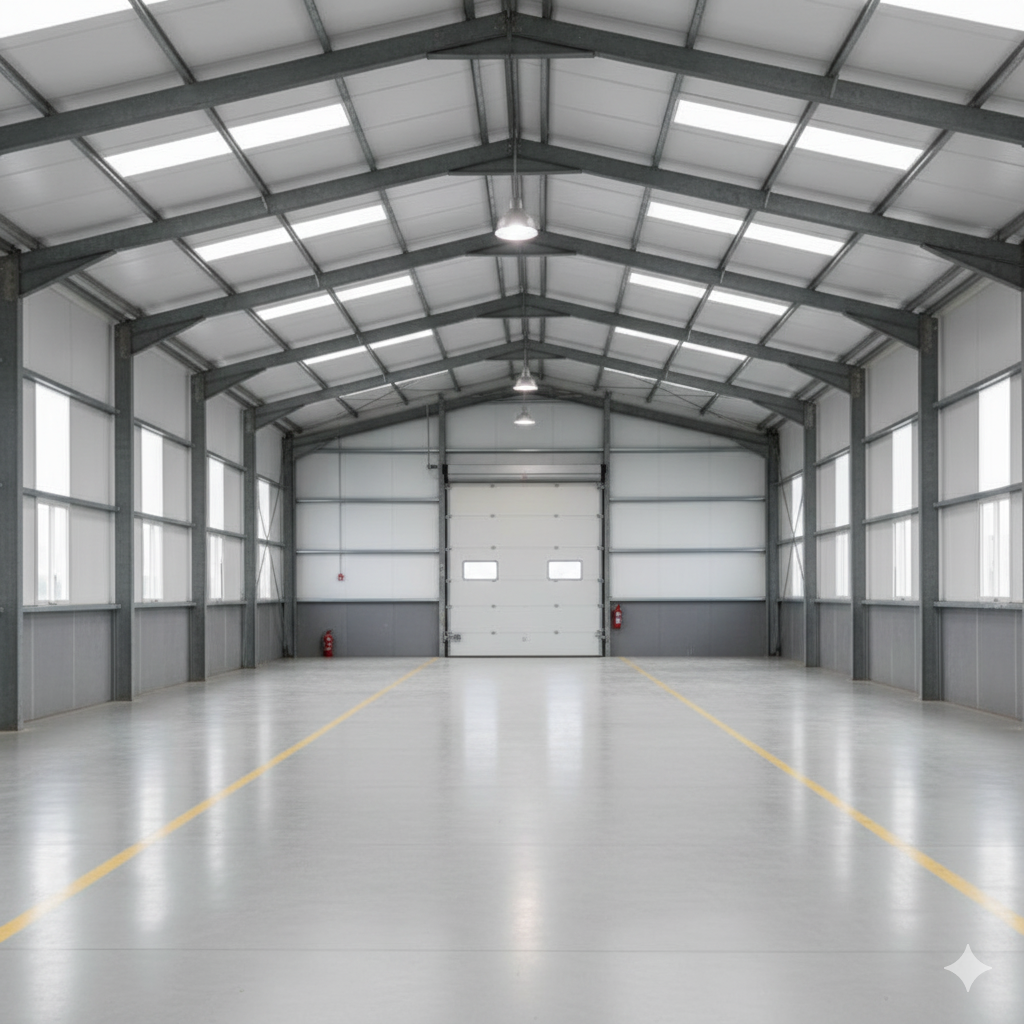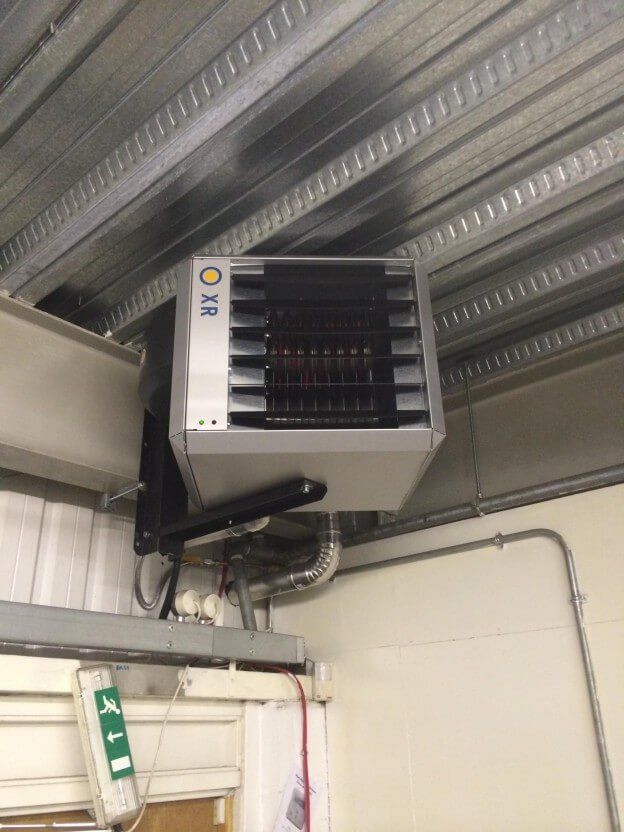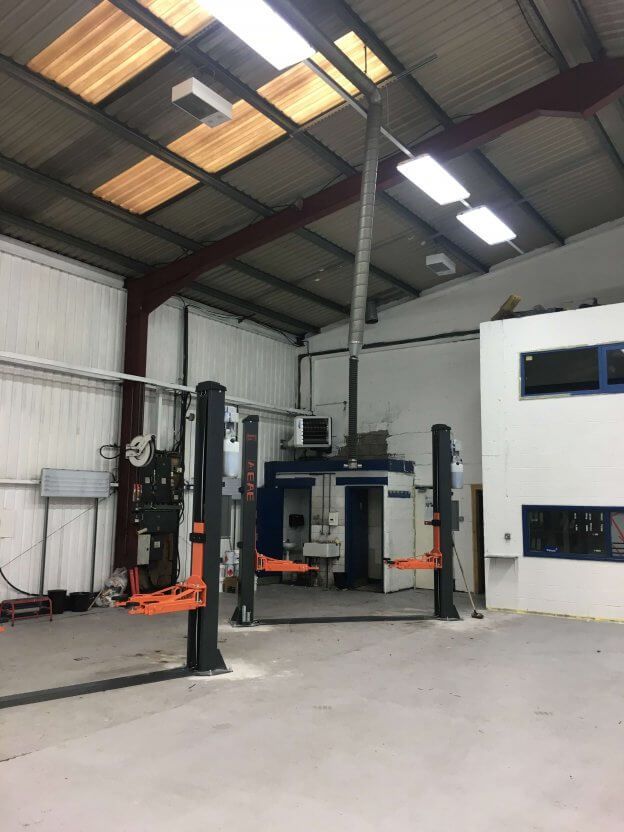The Impact of Heating on Restaurant Ambiance: Keeping Diners Comfortable
The Importance of Heating in Commercial and Industrial Environments
This article will explore the benefits and applications of warm air and water heaters in various commercial and industrial environments.
Applications of Warm Air Heating
Warm air heating is an effective solution for large spaces, offering numerous benefits, including energy efficiency and cost-effectiveness. In schools, warm air heating can provide a comfortable learning environment, while in warehouses and factories, it can improve working conditions and reduce heat loss. Sports halls, retail units, and offices can also benefit from warm air heating, which can help maintain a consistent temperature and reduce energy waste.
Applications of Water Heaters
Water heaters are essential in environments where hot water is necessary, such as launderettes and camp sites. In launderettes, water heaters provide a reliable source of hot water for washing and cleaning, while in camp sites, they are crucial for shower blocks, ensuring a comfortable and hygienic experience for users.
Considerations for Choosing Industrial Heaters
When selecting heaters for commercial purposes, several factors should be considered, including size, energy efficiency, and maintenance needs. It is essential to choose a heater that is suitable for the specific environment, taking into account the space's size, insulation, and heating requirements.
Innovations and Trends
Recent advancements in industrial
heating technology have led to the development of more energy-efficient and environmentally friendly heaters. For example, radiant floor heating and forced-air systems are becoming increasingly popular in commercial and industrial settings, offering improved efficiency and reduced energy waste.
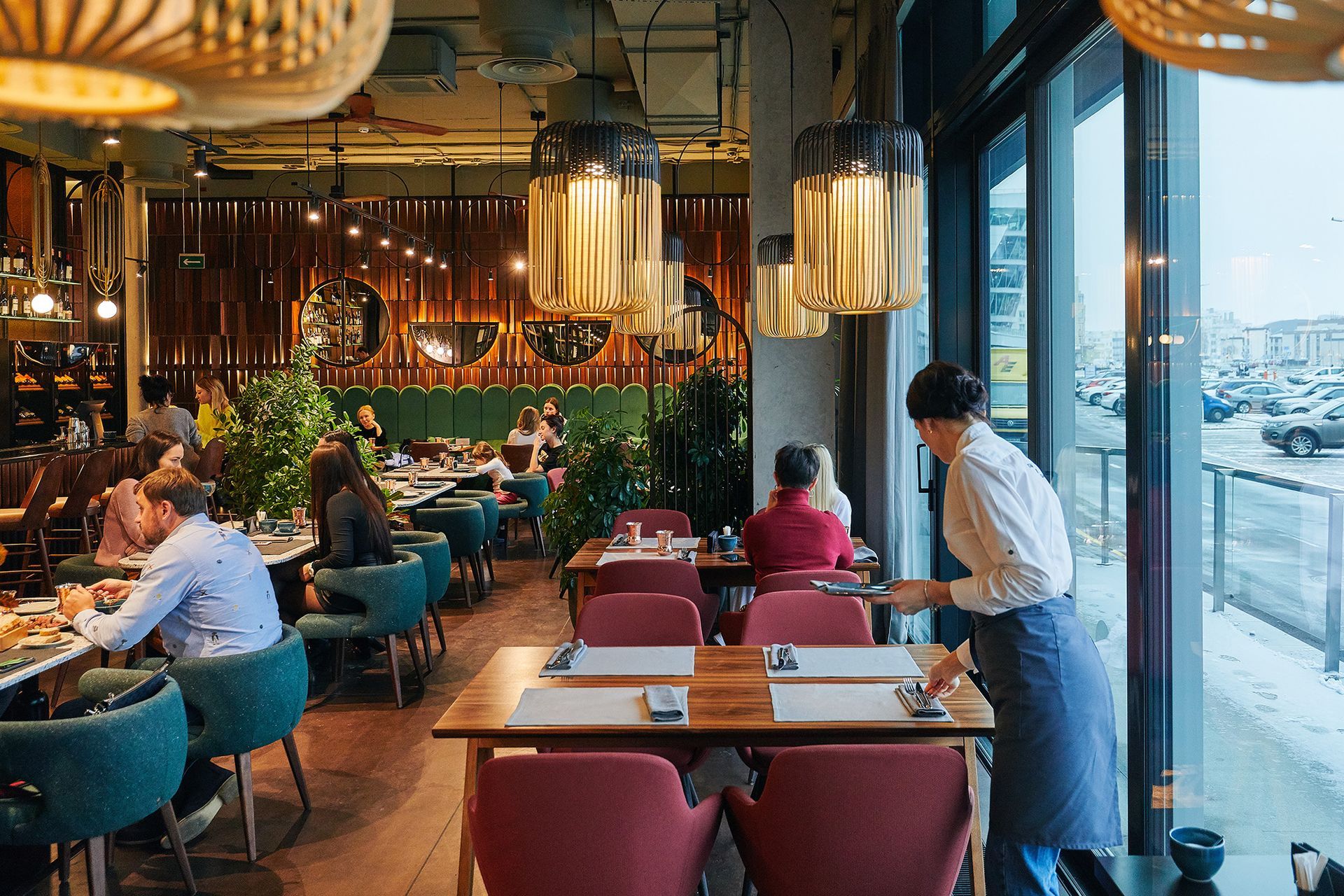
Key Takeaways
• A temperature range of 68-72°F is ideal for creating a comfortable atmosphere in restaurants, considering factors like customer numbers and outdoor weather.
• A well-designed heating system should adapt to changing conditions, maintain a consistent temperature, and reduce energy waste and temperature fluctuations.
• Insulation and ventilation play crucial roles in maintaining a consistent temperature and ambiance, with factors like R-value, moisture resistance, and durability to consider.
• Customer feedback is essential in ensuring the heating system meets diners' comfort expectations, and regular professional maintenance is necessary for efficient and effective operation.
• Energy-efficient heating systems not only reduce energy costs and environmental impact but also free up resources to focus on providing exceptional dining experiences.
The Ideal Temperature Range
When it comes to creating an inviting atmosphere in your restaurant, setting the ideal temperature range is essential, as it can make or break your customers' comfort and dining experience, ranging from a cozy 68°F to a pleasant 72°F.
You want to strike a balance that makes your patrons feel relaxed and comfortable, without being too hot or too cold.
A temperature range of 68°F to 72°F is ideal because it allows for a comfortable body temperature, which is around 98.6°F.
This range also takes into account the temperature fluctuations that can occur due to various factors such as the number of customers, kitchen heat, and outdoor weather conditions.
To achieve this ideal temperature range, you should consider factors such as the type of dining experience you're offering, the age and demographics of your target audience, and the layout and design of your restaurant.
For example, a fine dining restaurant may require a slightly cooler temperature, while a family-friendly diner may prefer a warmer atmosphere.
Heating System Design Considerations
How do you guarantee that your heating system is designed to maintain the ideal temperature range, considering factors such as your restaurant's layout, insulation, and window orientation? It's vital to involve a professional HVAC designer or engineer in the planning process to verify a well-designed system. They'll assess your restaurant's specific needs and recommend the most suitable heating solution.
When designing your heating system, consider the type of heating you need. Radiant floor heating, for instance, can be an effective option for restaurants with high ceilings or large windows. Alternatively, a forced-air system might be more suitable for restaurants with multiple dining areas or zones. Don't forget to factor in the system's controls and zoning capabilities, which will enable you to regulate temperature in different areas of your restaurant.
Additionally, think about the system's maintenance and upkeep. A well-designed heating system should be easy to clean, maintain, and repair. By taking these factors into account, you can create a comfortable and inviting atmosphere for your customers, while also guaranteeing energy efficiency and cost-effectiveness.
Avoiding Temperature Extremes
By ensuring your heating system is designed with flexibility in mind, you can avoid temperature extremes that can make or break your customers' dining experience.
This means installing a system that can adapt to changing conditions, such as the number of diners, outdoor temperature, and time of day.
A flexible system allows you to adjust the heat output to maintain a consistent, comfortable temperature between 68-72°F (20-22°C).
This range is ideal for most diners, and crucial to stay within it to prevent discomfort and distractions from the meal.
To achieve this, consider zoning your heating system, which involves dividing your restaurant into separate areas with independent temperature controls.
This way, you can direct heat exactly where it's needed, reducing energy waste and minimizing temperature fluctuations.
Additionally, install thermostats with precise temperature control and a high level of accuracy, such as ±0.5°F (±0.3°C).
Balancing Heat and Ventilation
You need to strike a delicate balance between heat and ventilation to maintain a comfortable atmosphere in your restaurant, as inadequate ventilation can lead to a buildup of stale air, moisture, and cooking odours.
This balance is vital, as it directly impacts the dining experience. If your restaurant is too hot, patrons will feel uncomfortable and may leave earlier than planned.
On the other hand, if it's too cold, they may not stay long enough to enjoy their meal.
To achieve this balance, consider installing a ventilation system that can remove stale air and cooking fumes while introducing fresh air into the space.
You should also make certain that your heating system is designed to distribute heat evenly throughout the restaurant.
This can be achieved through the strategic placement of heating vents and radiators.
Additionally, consider using zoning systems, which allow you to control the temperature in different areas of the restaurant.
The Role of Insulation Materials
In addition to balancing heat and ventilation, incorporating the right insulation materials into your restaurant's design can also play a significant role in maintaining a comfortable temperature and ambiance.
You want to guarantee that the heat you're generating isn't escaping through walls, windows, or the roof. By selecting the right insulation materials, you can reduce heat loss and maintain a consistent temperature throughout your restaurant.
When choosing insulation materials, consider factors such as R-value, moisture resistance, and durability. You may opt for fiberglass batt insulation, spray foam insulation, or radiant barrier insulation, depending on your specific needs and budget.
Don't forget to insulate pipes, ducts, and other mechanical systems to prevent heat loss and reduce energy consumption. Proper insulation won't only keep your diners comfortable but also help you save on energy costs.
Seasonal Temperature Adjustments
Adjusting your restaurant's temperature settings seasonally helps maintain a consistent ambiance and maximise energy efficiency. As the seasons change, so do the ambient temperatures and humidity levels, which can affect your diners' comfort. By making adjustments to your heating system, you can ensure that your restaurant remains a cozy and inviting space, no matter the time of year.
Winter: Lower the temperature slightly to compensate for the warmth generated by holiday decorations, crowds, and hot beverages.
Spring and Fall: Maintain a consistent temperature, as these seasons typically have mild temperatures that don't fluctuate greatly.
Summer: Raise the temperature to balance out the heat generated by sunlight and warm weather.
Zoned Heating for Flexibility
How can you create a more nuanced and efficient heating system that caters to different areas of your restaurant?
One solution is to implement zoned heating, which allows you to divide your space into separate zones, each with its own temperature control.
This approach enables you to tailor the heat to specific areas, ensuring that diners in the cozy corner are comfortable, while those near the kitchen don't get too hot.
Maintaining Air Quality Standards
You also need to guarantee that your heating system doesn't compromise the air quality in your restaurant, which can negatively impact customer comfort and even their health.
A poorly maintained heating system can circulate pollutants and allergens, making diners feel uncomfortable and even triggering health issues.
To avoid this, you should verify that your heating system is regularly serviced and cleaned to prevent the buildup of dust, debris, and bacteria.
Regularly clean and replace air filters to prevent the circulation of pollutants and allergens.
Inspect and clean ductwork to guarantee that air is circulating freely and not spreading contaminants.
Monitor and control humidity levels to prevent moisture buildup that can lead to mold growth and unpleasant odors.
Energy Efficiency and Cost Savings
Optimise your restaurant's heating system to reduce energy consumption and lower your utility bills, as an inefficient system can quickly drain your profits. By doing so, you'll not only save money but also reduce your environmental footprint.
Start by conducting an energy audit to identify areas of improvement. This will help you pinpoint inefficient equipment, insulation gaps, and opportunities for upgrades.
Consider replacing old boilers or furnaces with energy-efficient models. Additionally, install smart thermostats that can learn your restaurant's temperature patterns and adjust accordingly.
You can also implement zoning systems, which allow you to heat specific areas of your restaurant instead of the entire space. By taking these steps, you'll be able to reduce your energy consumption and costs, freeing up more resources to focus on what matters most – providing exceptional dining experiences for your customers.

Heating System Maintenance Essentials
Regularly scheduling professional maintenance for your heating system is essential to ensuring it runs efficiently and effectively throughout the year.
You'll want to have a qualified technician inspect and clean your system, including the vents, ducts, and heat exchangers, to prevent dust and debris buildup. They'll also check for any signs of wear and tear, such as worn-out belts or faulty thermostats, and replace them as needed.
During the maintenance visit, the technician will also perform tasks like lubricating moving parts, inspecting electrical connections, and testing the system's safety features.
By staying on top of maintenance, you'll not only extend the lifespan of your heating system but also reduce the risk of breakdowns during peak hours. In addition, a well-maintained system will operate more efficiently, saving you energy costs and minimising its environmental impact.
Conclusion
As you balance the art of ambiance with the science of comfort, remember that a well-designed heating system is essential to keeping diners coming back.
In fact, a study by the National Restaurant Association found that 62% of customers consider comfort a key factor in their dining experience.
By prioritising heating system design, maintenance, and energy efficiency, you can create a cozy atmosphere that drives customer loyalty and ultimately, your bottom line.
Share This Post.
Need a Quote?
Is your business is looking for heating upgrade or an installation quote? Please call us on 08000 588 035 for a free quotation or fill out our contact form and we’ll get back to you as soon as we can.
If you could also attach some relevant images of the building and advise the building volumetric, it will help with our initial design assessment. Thank you.
